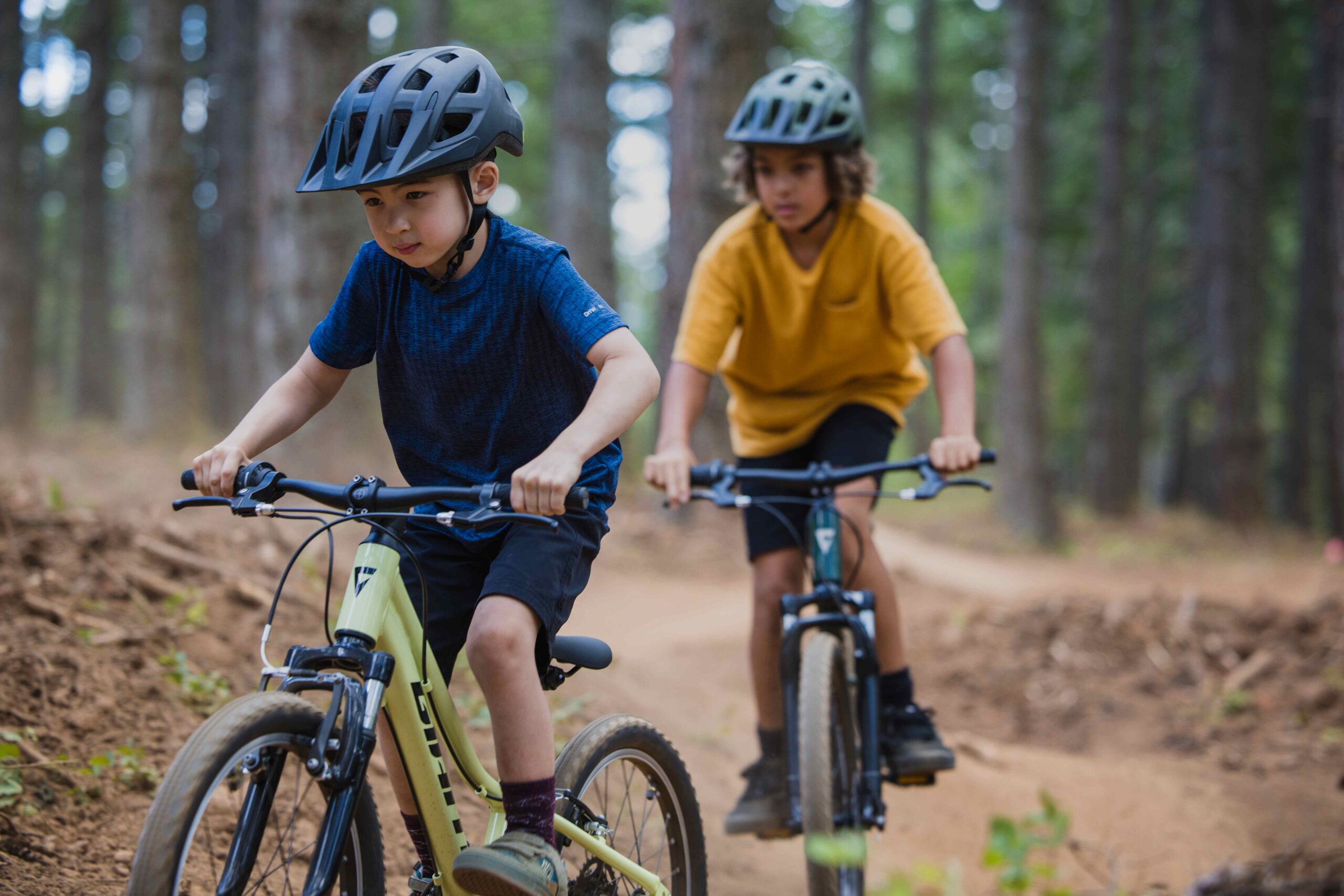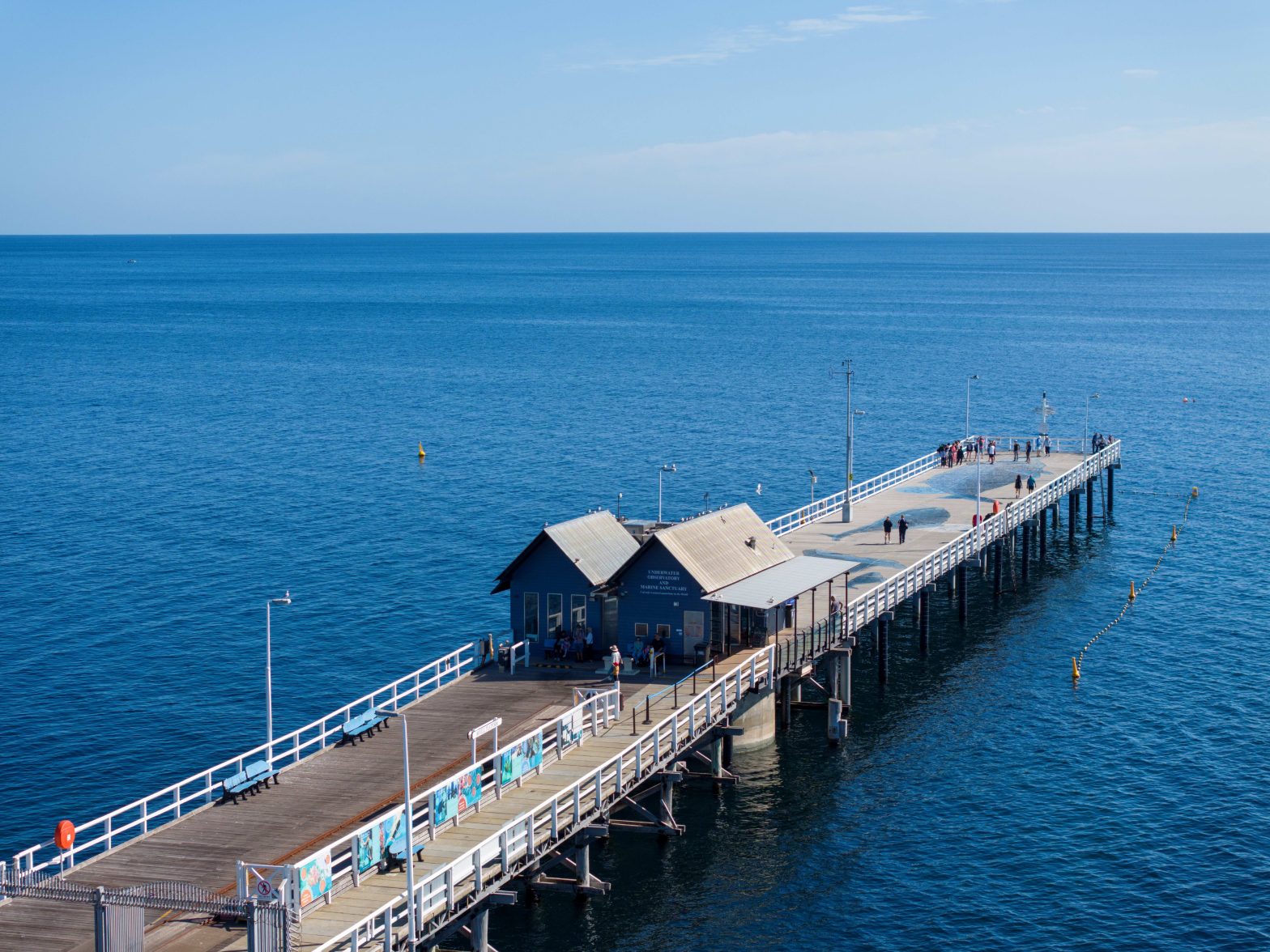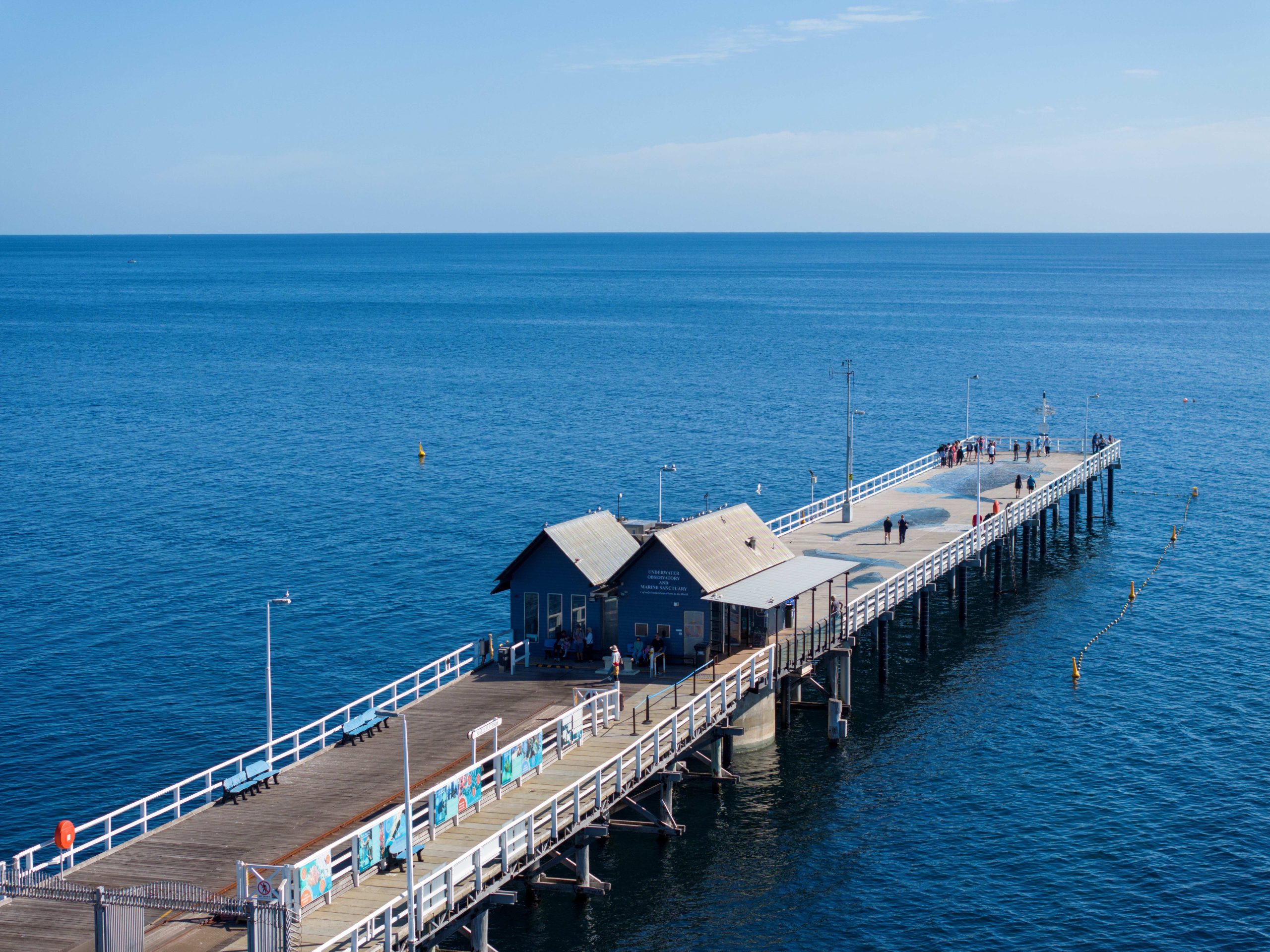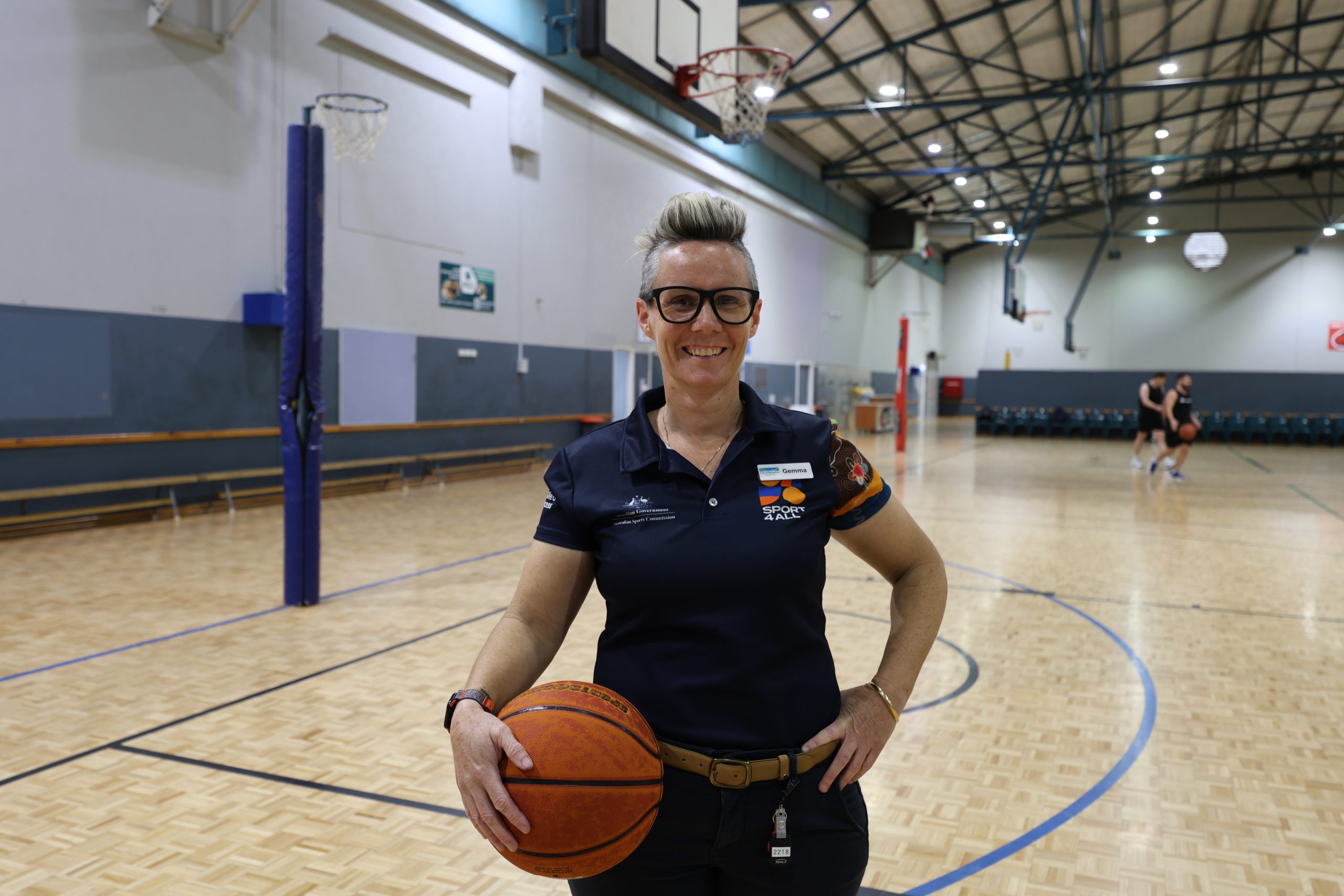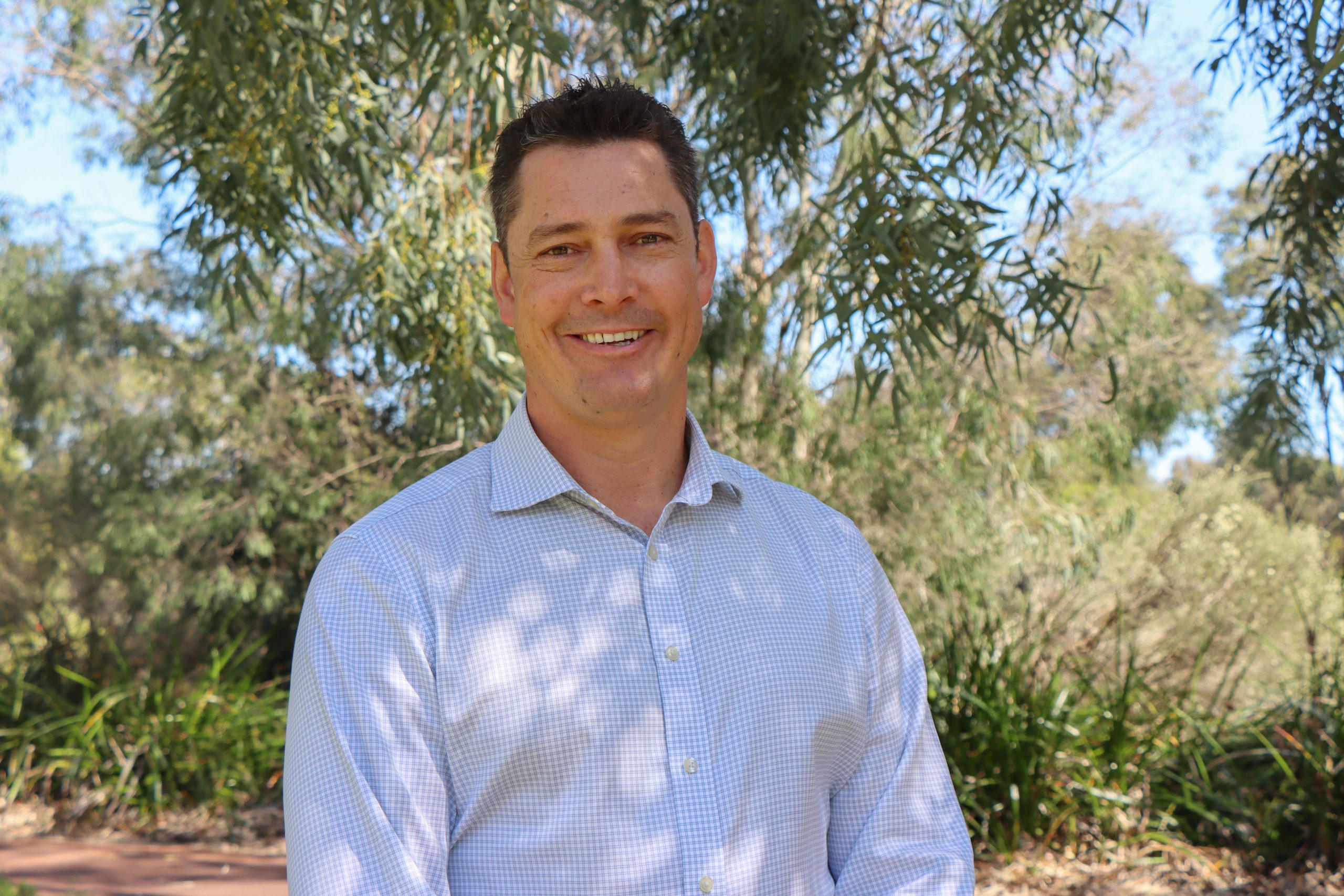Looking back on a decade of collaboration
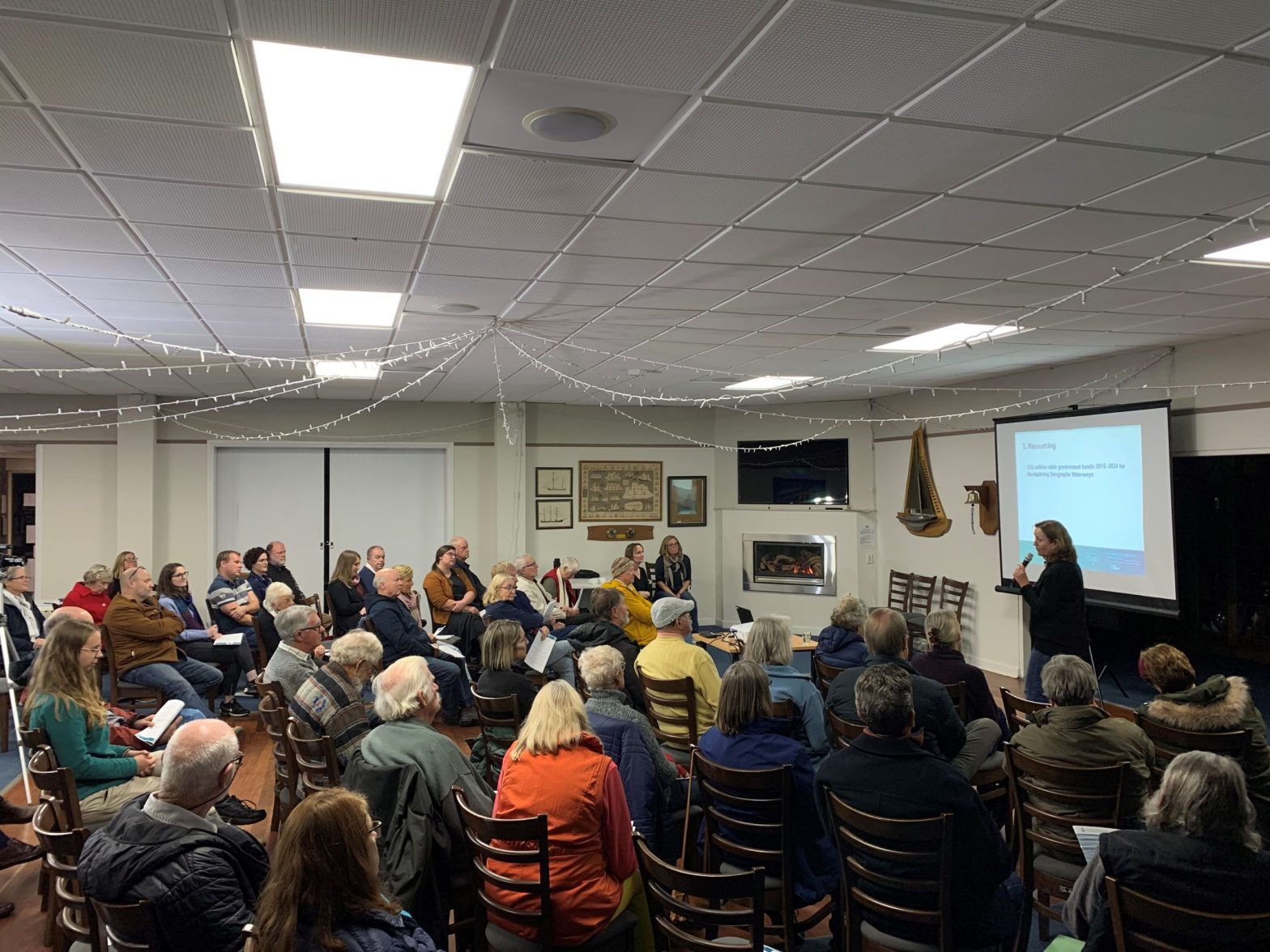
Dr Kath Lynch addresses the community at a recent update hosted by GeoCatch in Busselton. Pictures supplied.
In April 2013, a mass fish kill in the Vasse Wonnerup wetlands became a pivotal moment in how the wetlands would be managed into the future.
Reflecting on the past 10 years, scientists and managers came together to present to the community at a recent update hosted by GeoCatch in Busselton.
GeoCapes District Manager for the Department of Water and Environmental Regulation (DWER) Dr Kath Lynch outlined major changes in how the wetlands are managed, including oversight by the Vasse Taskforce and operational management by the five agencies who make up the Vasse Wonnerup Wetlands Partnership.
“There was some concern from the community in the early days with the partnership model for managing the wetlands, but it has proved a great success for collaboration across government agencies and ensuring all values and challenges of the wetlands are considered,” Dr Lynch said.
Also presenting was Dr Linda Kalnejais from DWER’s Aquatic Science Branch who explained why fish kills occur and some of the unique challenges of the wetlands.
“The science and monitoring we now have in place enables us to identify conditions that may increase the risk of fish kills including low dissolved oxygen and high phytoplankton numbers,” she said.

“Having this data enables us to undertake actions to avoid a fish kill including opening the fish gate on the surge barrier and ensuring the Wonnerup sand bar is open. Although we have more tools in the Vasse than other estuaries, we are still limited by tides and weather conditions, so although we can reduce the risk of fish kills we can’t avoid them completely.”
Dr James Tweedley from Murdoch University has been monitoring fish numbers in the Vasse Wonnerup wetlands since 2012, and spoke in detail about Black Bream.
“Black Bream grow to around 60cm and can live for 30 years,” Dr Tweedley told the gathering. “Because they complete their life cycle in the estuary, large fish kills like the 2013 event can have a big impact on fish populations.”
“The abundance of juvenile Black Bream declined massively after the 2013 fish kill, however the good news is numbers have since improved, particularly in the last year.”
Feedback at the event was positive, with 86 percent of attendees believing management of the wetlands had improved significantly since the 2013 fish kill, and 96 percent having a high confidence in the science underpinning decisions.
“With all the monitoring that has taken place over the years, the managers have a solid science base to make decisions,” one attendee said.











